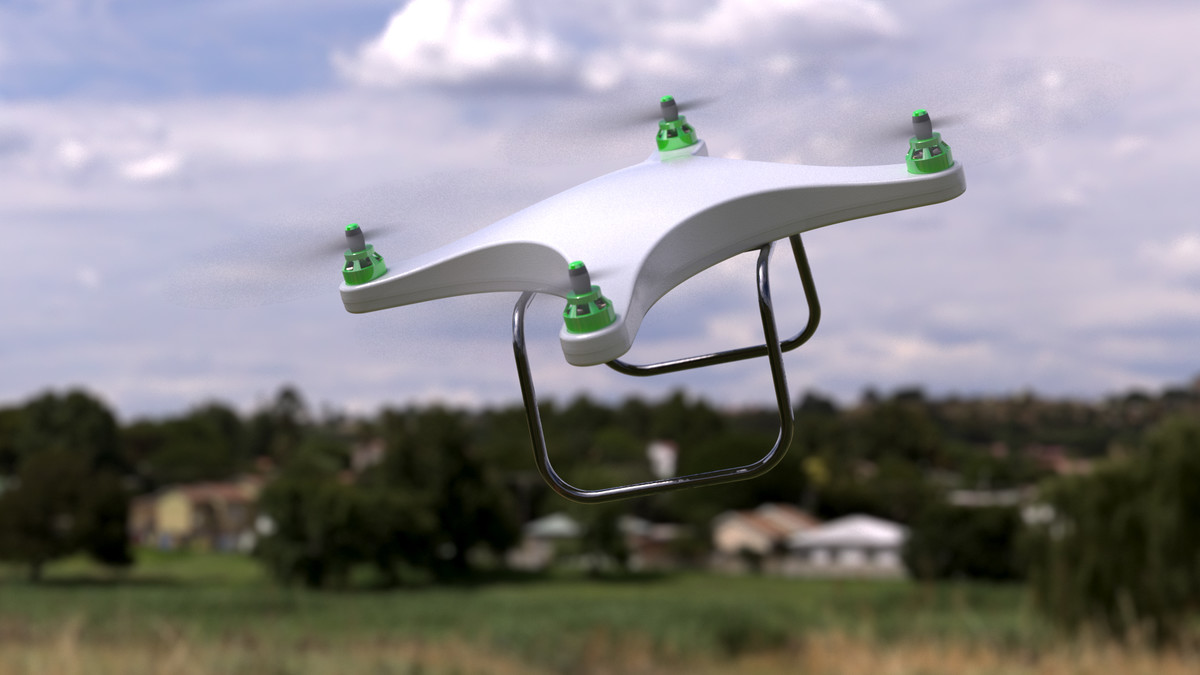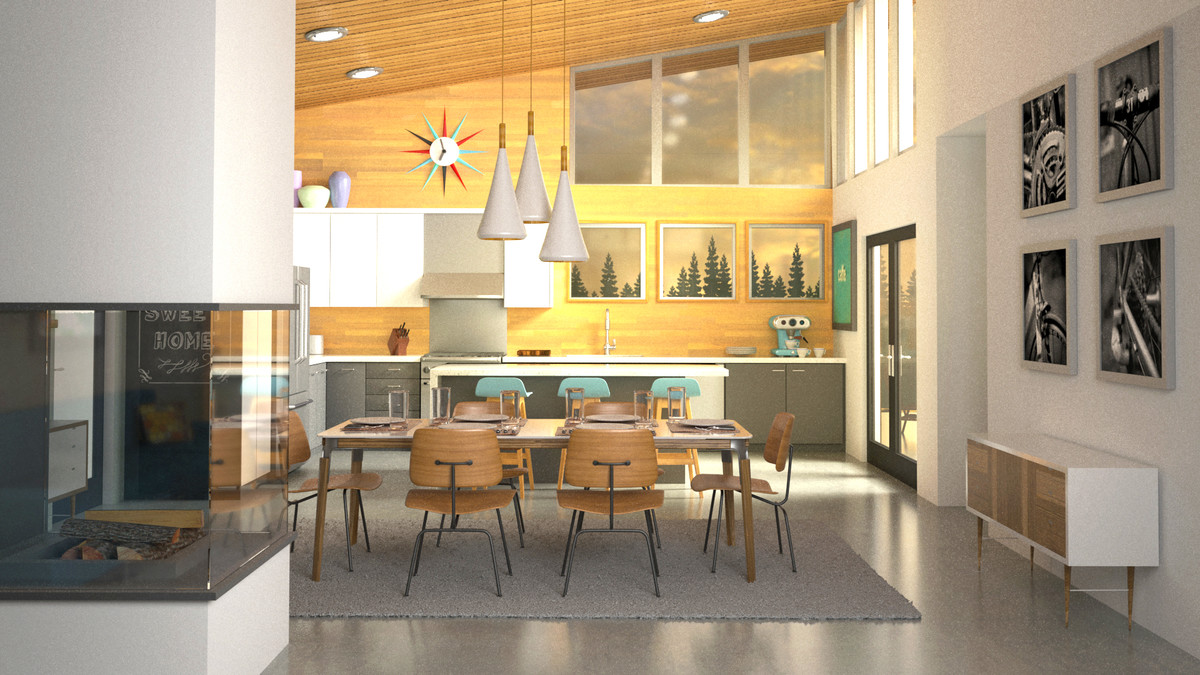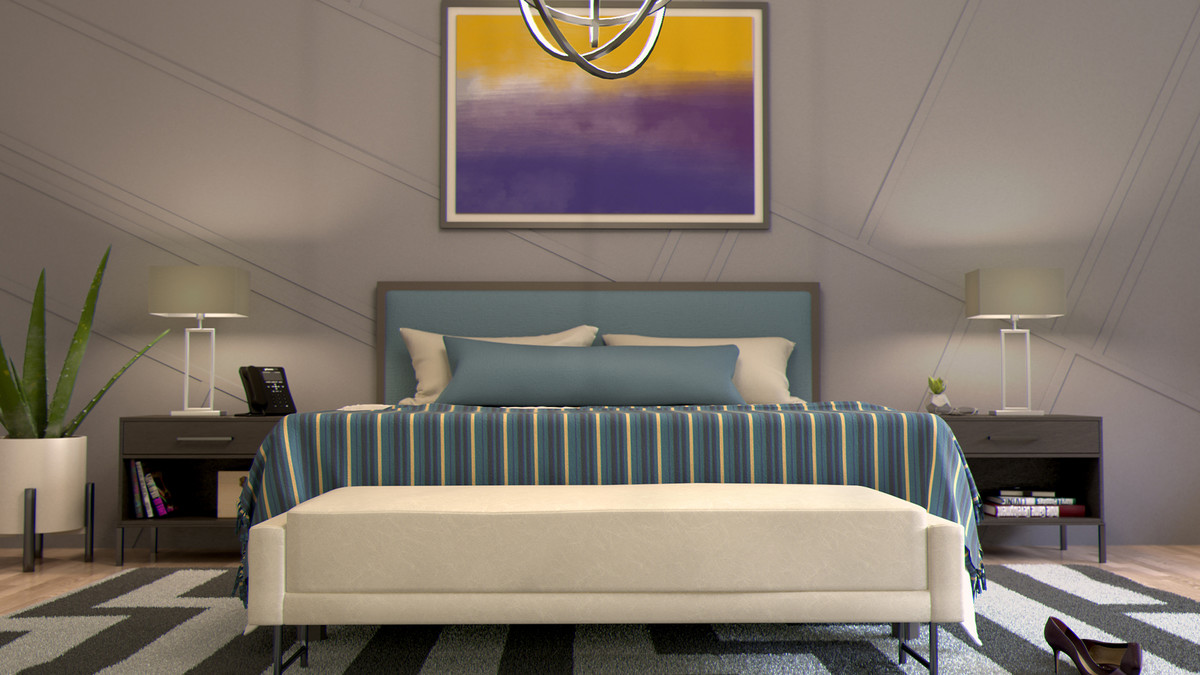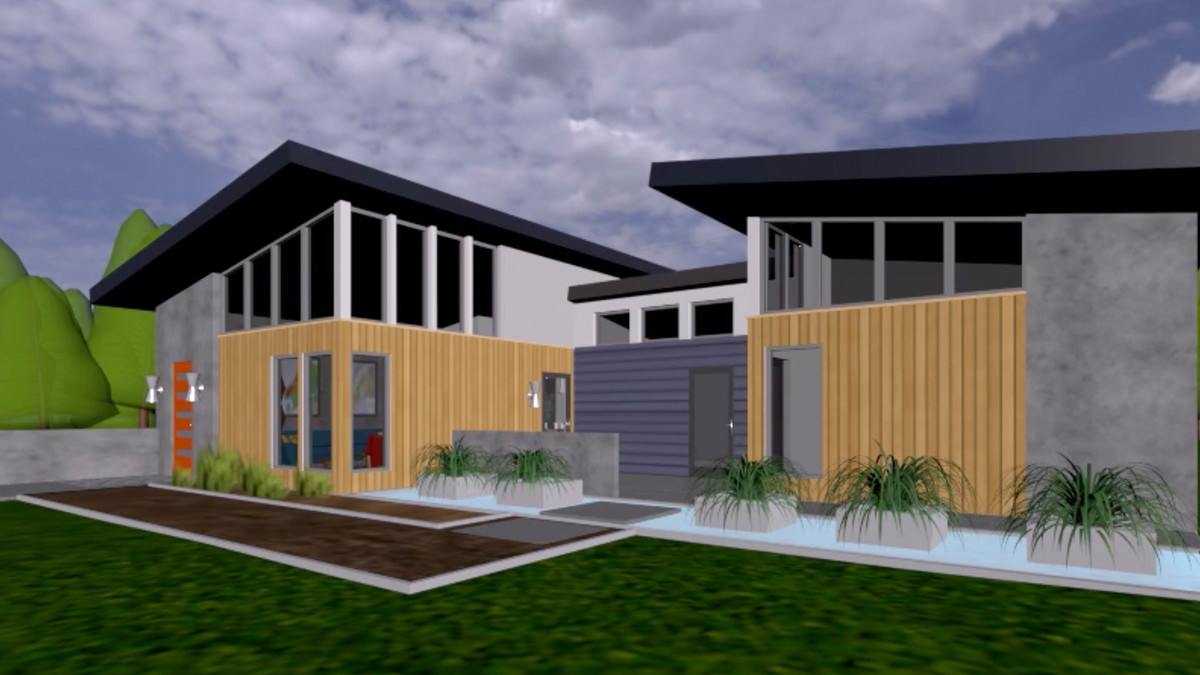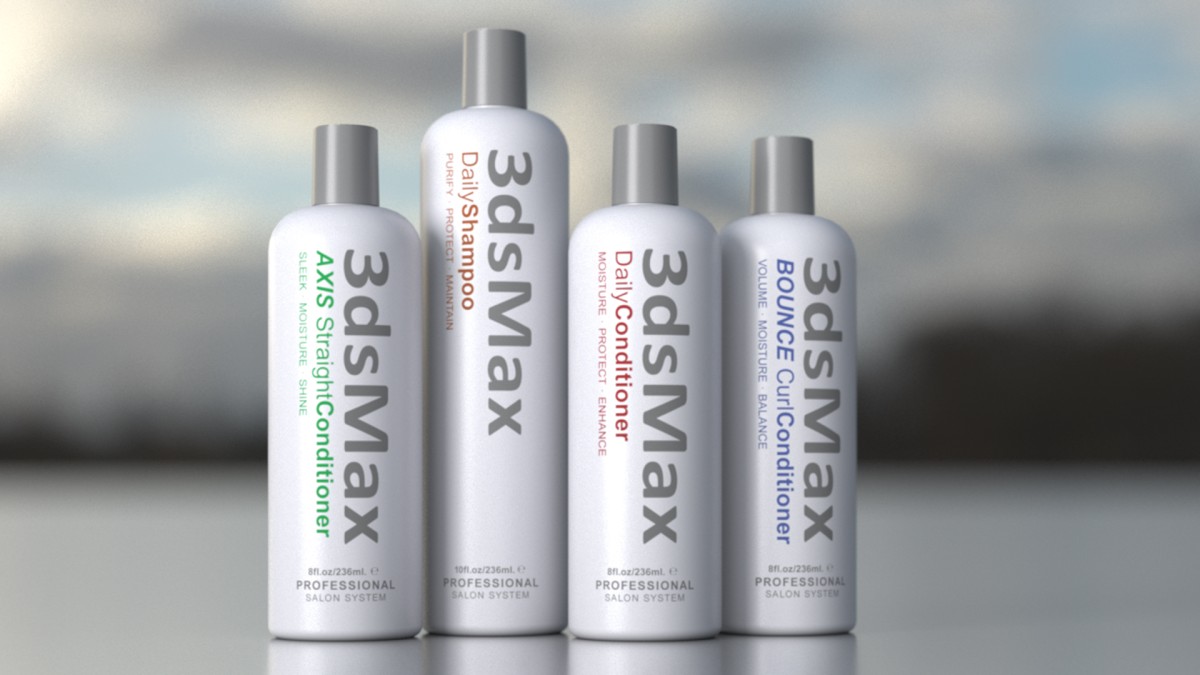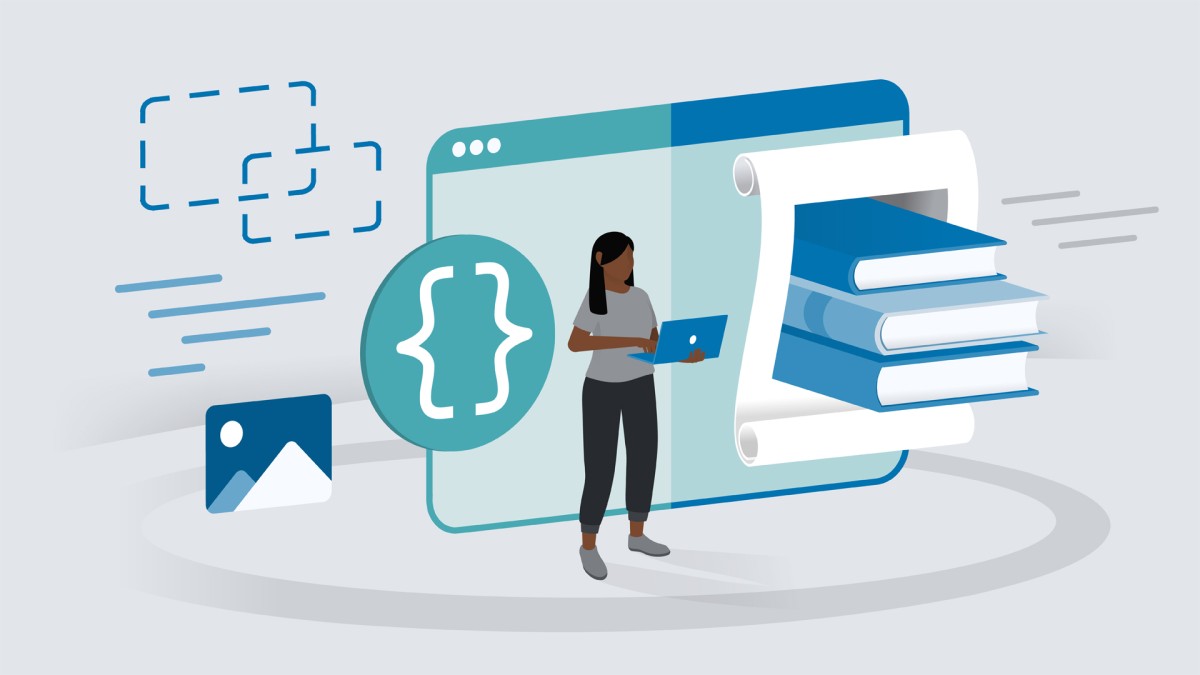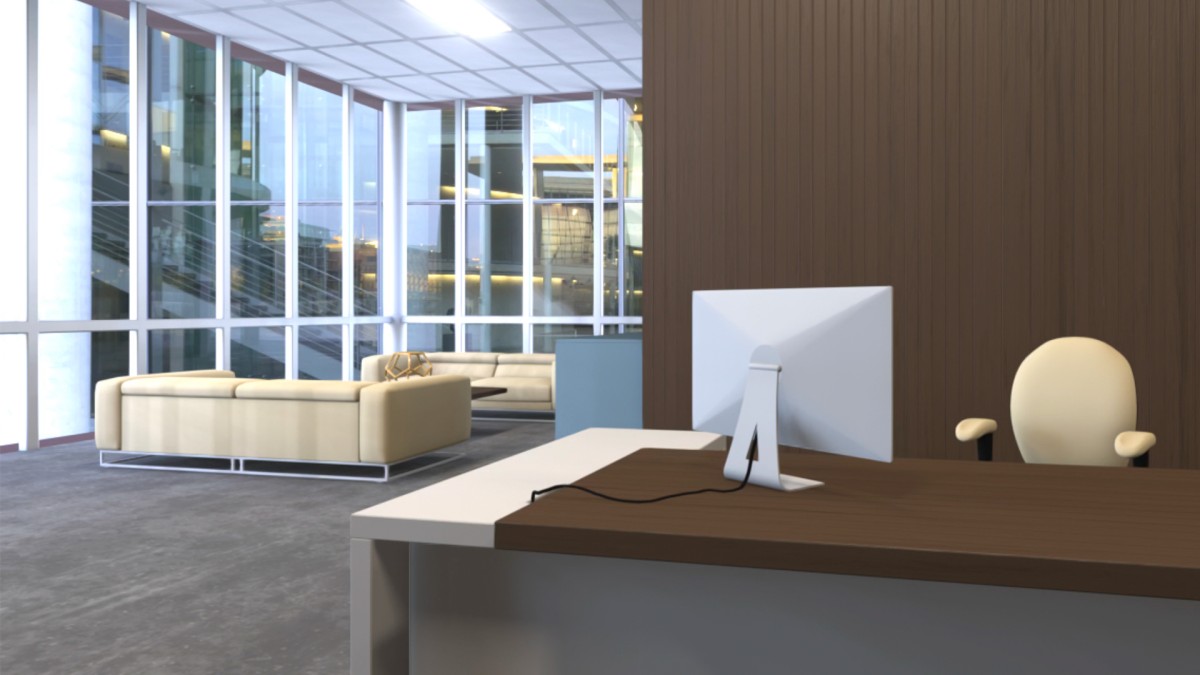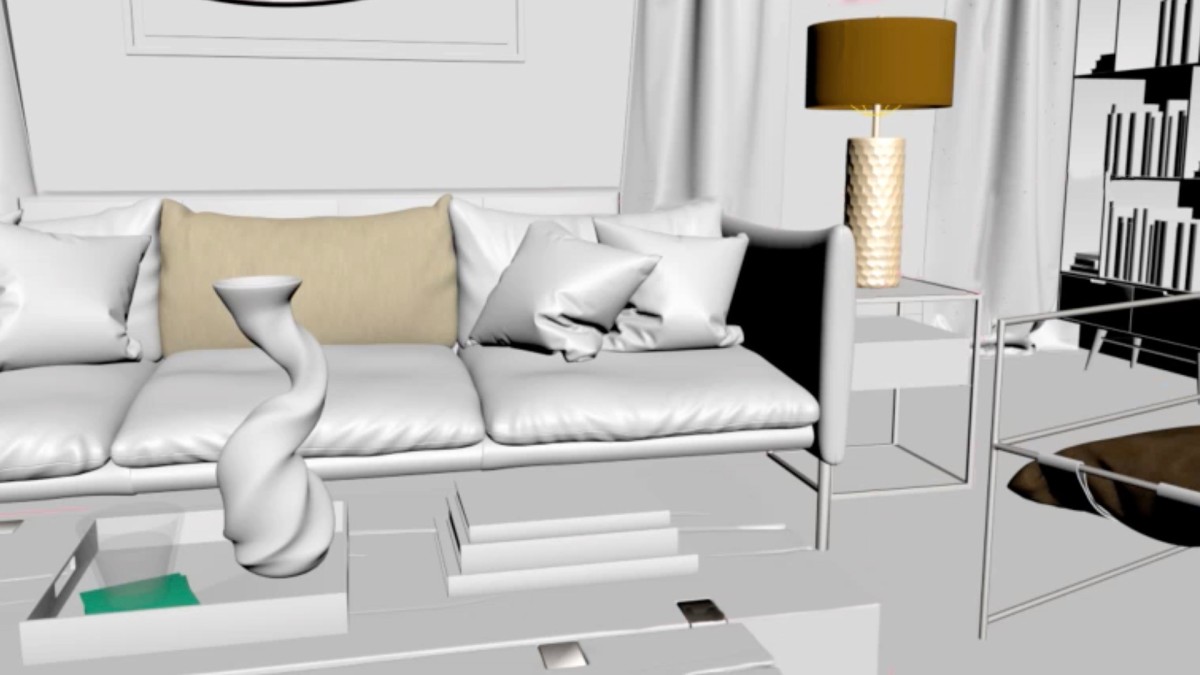Introduction
Introducing 3ds Max 2022
()
Using the exercise files
()
1. Getting Started
Choosing a workspace
()
Setting preferences
()
Using project folders
()
2. 3ds Max Interface
Getting familiar with the interface
()
Customizing a workspace
()
Customizing background and grid colors
()
Creating primitives with keyboard entry
()
Creating primitives interactively with the mouse
()
Position objects with Select and Move
()
Rotate and scale objects
()
Navigating in viewports
()
Orbit and viewport Undo
()
Saving time with keyboard shortcut hotkeys
()
Customizing hotkeys
()
Choosing viewport shading modes
()
Advanced viewport settings and presets
()
Configuring viewport layouts
()
3. Scene Layout
Specifying display units
()
Specifying system units
()
Defining the home grid
()
Saving a maxstart.max template scene
()
Merging scenes
()
Duplicating object instances with Array
()
Clone objects with transforms
()
Introducing snap
()
Precision transforms with Grid Snap
()
Outlining object names with Scene Explorer
()
Collecting objects in groups
()
Managing display layers
()
Controlling object and layer display properties
()
Understanding XRef external references
()
Creating an XRef record
()
Moving objects in reference coordinate systems
()
Rotating objects in reference coordinate systems
()
Manipulating objects around a transform center
()
Using Isolate Selection and Lock Selection
()
Selecting in Window and Crossing modes
()
4. Spline Modeling
Creating shapes
()
Editing Bezier splines
()
Setting shape detail with interpolation
()
Modeling with the Extrude modifier
()
Extruding along a path with the Sweep modifier
()
Exporting paths from Adobe Illustrator
()
Importing Illustrator paths to 3ds Max
()
Adding a Bevel modifier
()
Controlling level of detail for a Bevel modifier
()
Modeling typography with TextPlus
()
Manipulating and fine-tuning TextPlus
()
5. Parametric Modeling
Deforming an object with a modifier
()
Layering deformers in the modifier stack
()
Defining polygon level of detail
()
Passing a selection up the stack
()
Understanding topology dependence
()
Versioning and collapsing the stack
()
6. Polygon Modeling
Preparing Boolean operands
()
Combine volumes with Boolean compound object
()
Adding edges with QuickSlice
()
Adding edges with Cut
()
Hardening polygon edges with the Smooth modifier
()
Using the Modeling ribbon
()
Simplifying geometry with Remove
()
Branching with Editable Poly Extrude
()
Detailing a mesh
()
Rounding corners with Chamfer
()
7. Subdivision Surface Modeling
Understanding subdivision surfaces
()
Best practices for modeling subdivision surfaces
()
Box modeling for subdivision surfaces
()
Modeling with the Symmetry modifier
()
Modeling curvature with Soft Selection
()
Refining geometry with SwiftLoop
()
Constraining sub-object transforms
()
Correcting a seam with Align to View
()
Sharpening corners with edge crease
()
Baking subdivisions
()
8. Camera Techniques
Creating a physical camera and target
()
First-person camera navigation in viewports
()
Enabling Safe Frames
()
Setting resolution and aspect ratio in Render Setup
()
Creating a free camera
()
Rotating in Gimbal coordinate space
()
Setting rotation axis order to emulate a tripod
()
9. Lighting
Interactive production rendering
()
Creating photometric lights
()
Adjusting light intensity and color
()
Setting exposure control
()
Adjusting light shape
()
Controlling spotlight parameters
()
Using the light explorer
()
Illuminating with an environment color
()
Illuminating with an HDRI environment
()
Separating environment from background
()
Creating a sun and sky
()
10. Materials
Using the Slate Material Editor
()
Assigning materials to objects
()
Managing scene materials
()
Managing sample slots
()
Saving a material library
()
Physical material color and roughness
()
Physical material reflection parameters
()
Controlling viewport material shading
()
Controlling material sample size
()
Creating a 3D procedural map
()
Art directing 3D map parameters
()
Mapping bitmap image files
()
Projecting UVs with UVW Map
()
Using Real-World Map Size
()
Restoring links with Asset Tracking
()
11. Animation
Understanding hierarchies
()
Moving pivot points
()
Rotating pivot points
()
Prioritizing rotation axes
()
Linking objects
()
Locking transforms
()
Correcting and avoiding scale issues
()
Choosing frame rate and playback speed
()
Choosing the active time segment
()
Creating keyframes in Auto Key mode
()
Creating keyframes in Set Key mode
()
Editing keyframes in the Track Bar timeline
()
Editing keyframes in the Dope Sheet
()
Editing keyframes in the Curve Editor
()
Editing interpolation in the Curve Editor
()
Manipulating tangents in the Curve Editor
()
Editing a trajectory with a motion path
()
12. Rendering
Choosing a renderer
()
Choosing Quicksilver render options
()
Rendering an image sequence
()
Playing an image sequence with the RAM Player
()
Tonemapping a high dynamic range rendering
()
